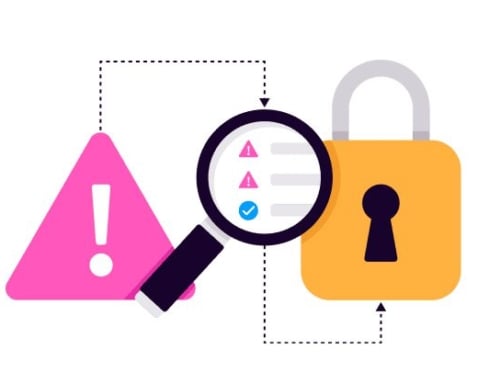By Jake Anthony, Senior Sales Engineering Manager, LogPoint
While it’s becoming clear, that Security Information and Event Management (SIEM) solutions like LogPoint is the cornerstone of corporate cybersecurity, it is not necessarily a tool found in any enterprise. See below for 5 reasons why you should have set up a SIEM tool yesterday.
Reason #1: The expanding enterprise edge
Customers are demanding more and more efficient access to their suppliers, whether that be through direct or indirect means. As a result, the enterprise edge is expanding faster than it has ever done before. While this expansion is fantastic for the consumer, it poses a significant information security challenge to the enterprise, as their expanding edge inevitably leads to an expanded vulnerable attack surface.
You should have set up a SIEM for information security yesterday, to give you greater visibility and assurance over those third-party touch-points enabling you to react quickly and efficiently to types of cyber security attacks as they appear.
Reason #2: The inevitability of attack
IT and information security specifically are not the specialized field it once was. With the advent of types of Malware-as-a-Service cyber security attacks, the IT security space immediately became mainstream. You don’t need to be an expert. You don’t even need to have a plan to suddenly become a potential threat actor. Whether it be malicious external actors or incompetent or ignorant internal actors, the inevitability of attack is at a level that is no longer deniable.
You should have set up a SIEM yesterday, to alert your security teams the moment one of these common attack vectors are triggered so that they can immediately react as appropriate. Driving down the mean-time-to-recovery should be a key objective if we agree that prevention can’t be guaranteed to stop all types of cyber security attacks.
Reason #3: The lack of security expertise
There quite simply aren’t enough exceptional Security professionals coming through the ranks, so the best is inevitably snapped up by the behemoths of the industry. This combined with limitations on security budgets means that more and more organizations are “getting by” when it comes to security expertise within the enterprise.
You should have set up a SIEM yesterday, to arm the staff you do have with the best tools and processes to do their job. SIEM vendors have invested billions in making the process increasingly accessible. Now is the time to take advantage of that.
Reason #4: The proliferation of (security) systems
A common count for the number of independent security systems deployed within the enterprise is somewhere between 10-15. Mind you that is only security technologies. And you are asking your already stretched staff to not only learn to monitor each of those independent systems while integrating them to gain reasonable insights into potential threats. That’s impossible.
You should have set up a SIEM yesterday, to give your teams a centralized viewpoint that is vendor agnostic and that does most of the heavy lifting for them. This frees their time up to review potential alerts or finally to be proactive in hunting new types of cyber security attacks.
Reason #5: The looming regulation requirement
As much as we are all bored of hearing about it, GDPR compliance and other regulations have put our Information Security teams on notice. It is yet another attempt at holding the enterprise to account and means that they are constantly racing against the clock to maintain compliance without a management system. The additional pressure of constantly updated and moving goal posts across a wide variety of regulations just further keeps your team from being able to settle and proactively deliver value back to the business.
You should have set up a SIEM yesterday, to give your team access to enterprise-wide compliance reporting on information security that is configurable and automated to their requirements. This simple SIEM feature set enables Information Security teams to prove compliance in a fraction of the time normally required, further releasing them for value-generating activities.






